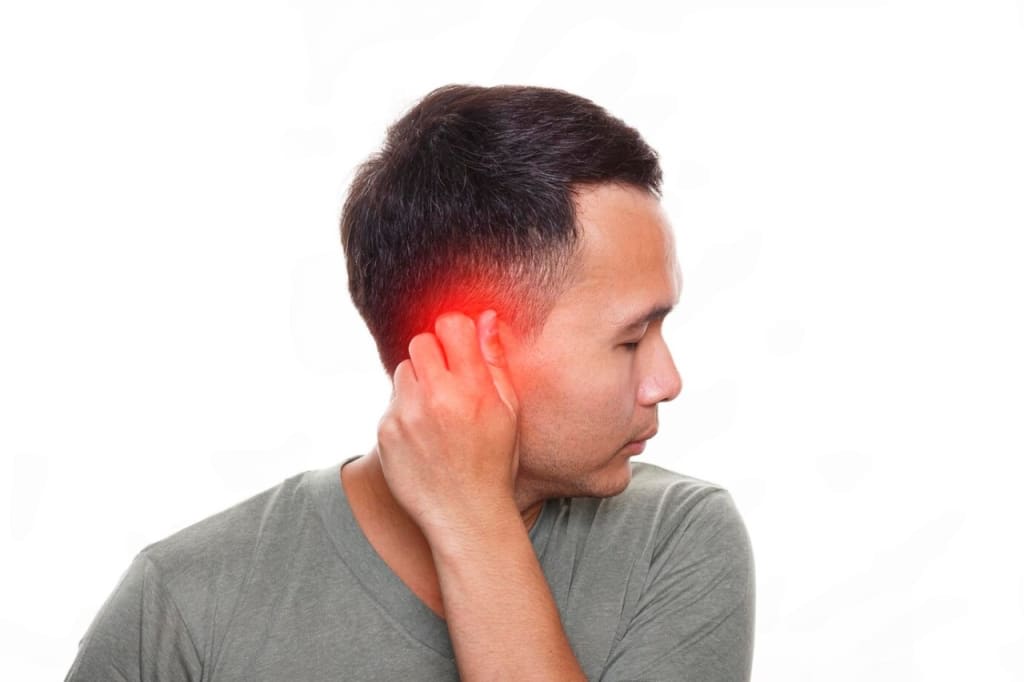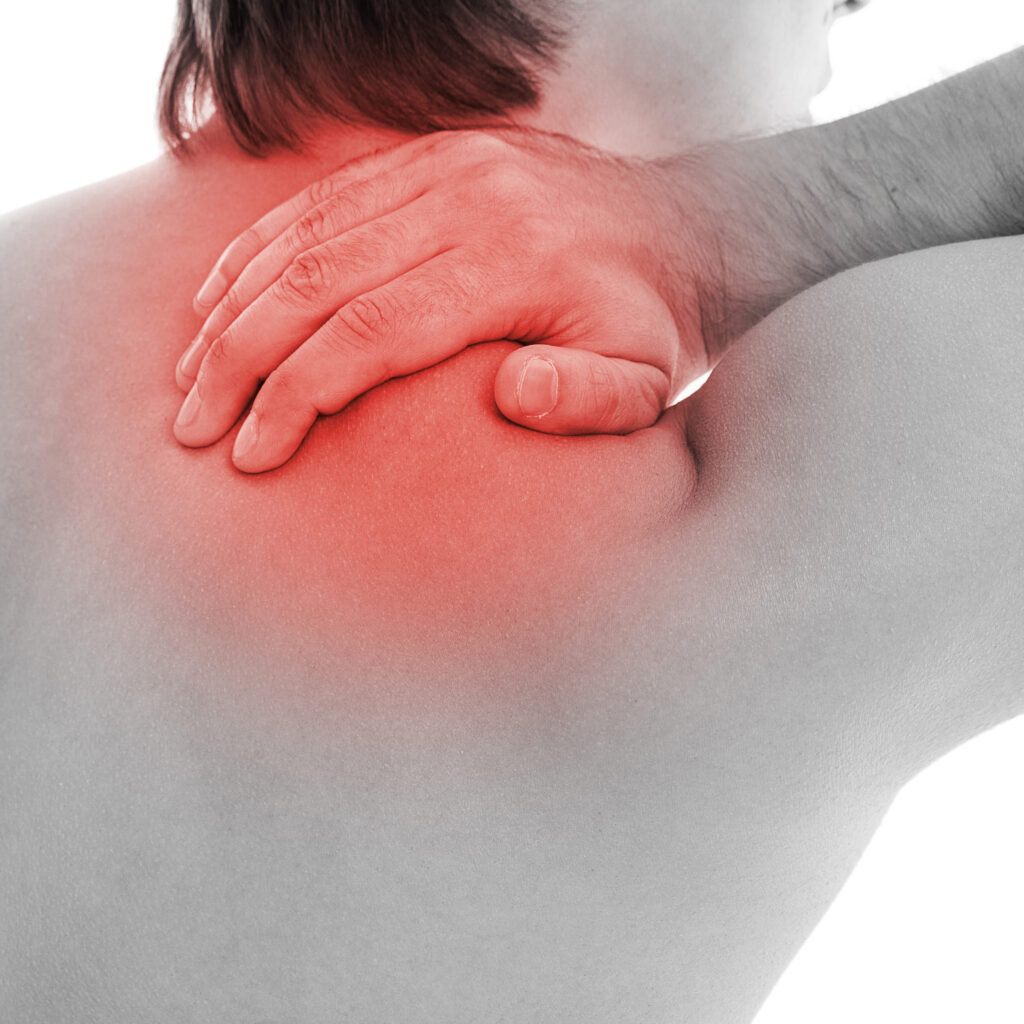When you're dealing with a sports injury, knowing the best treatments can make all the difference in your recovery. You might find that a combination of rest, ice, compression, and elevation is essential for managing pain and swelling. However, there's more to effective recovery than just these basics. Incorporating specialized therapies and understanding medication options can enhance your healing process. What if there are advanced treatments you haven't considered yet? Exploring these avenues could greatly impact your return to the game.
Rest and Recovery
Rest and recovery are essential components of any athlete's journey to healing from a sports injury. When you're sidelined, it can be tempting to push through the pain, but giving your body the time it needs is critical for long-term success. Ignoring these needs can lead to prolonged injuries or even new ones.
First, take a break from the activities that caused your injury. This doesn't mean you have to be completely inactive—gentle movements or alternative exercises can help maintain your fitness without exacerbating the injury. Listen to your body; if something doesn't feel right, stop and reassess.
Next, prioritize sleep. Quality sleep is when your body does much of its healing. Aim for 7-9 hours each night, and establish a routine that signals your body it's time to rest. This means dimming the lights, setting a comfortable temperature, and avoiding screens.
You also might want to incorporate gentle stretching or mobility work to keep the affected area from becoming stiff. Consult with a physical therapist if needed—they can guide you through appropriate exercises tailored to your injury.
Lastly, stay hydrated and maintain a balanced diet rich in vitamins and minerals to support your recovery. Nutrients play a significant role in tissue repair and overall health.
Ice Therapy
Ice therapy is a powerful tool for managing sports injuries, helping to reduce pain and swelling.
To get the most out of it, you'll want to learn the proper application techniques and understand how long and how often to use ice.
Let's explore the benefits and best practices for effective ice therapy.
Benefits of Ice Therapy
Utilizing ice therapy can considerably aid in the recovery process from sports injuries. This method is particularly effective in reducing pain and swelling, which can be essential after an injury. When you apply ice to the affected area, it constricts blood vessels and decreases blood flow, minimizing inflammation. This can help you get back to your favorite activities sooner.
Moreover, ice therapy can numb sore areas, providing immediate pain relief. This numbing effect can be especially beneficial after intense workouts or competitions, where muscle fatigue often leads to discomfort. You might also find that using ice helps in managing chronic pain conditions, making it a versatile tool in your recovery arsenal.
Additionally, ice therapy can assist in preventing further injury. By reducing swelling and promoting a quicker healing process, you're less likely to experience complications that could set you back.
It's a simple, accessible method that can easily fit into your post-injury routine. So, next time you're dealing with a sports-related injury, don't underestimate the power of ice therapy—it could make a significant difference in your recovery journey.
Proper Application Techniques
To maximize the benefits of ice therapy, knowing the proper application techniques is key. Using ice effectively can greatly reduce swelling, alleviate pain, and speed up your recovery. Here are some essential techniques to keep in mind:
- Choose the right ice source: Use ice packs, frozen peas, or a wet towel with ice cubes. Avoid direct contact with ice to prevent frostbite.
- Wrap it up: Always wrap your ice source in a thin cloth or towel before applying it to your skin. This barrier protects your skin and enhances comfort.
- Target the injury: Apply the ice directly over the injured area, ensuring good coverage without excessive pressure. Focus on the most painful spots.
- Stay still: While applying ice, try to keep your body still to avoid aggravating the injury further. This helps the ice work effectively.
Duration and Frequency
Determining the right duration and frequency for ice therapy is essential for effective recovery. Typically, you should apply ice for about 15 to 20 minutes at a time. This timeframe strikes the perfect balance, allowing the cold to reduce swelling and numb pain without risking frostbite.
After this period, give your skin a break for at least 45 to 60 minutes before reapplying ice.
As for frequency, it's best to ice the affected area several times a day, especially in the first 48 hours after your injury. You might find that icing every two to three hours works well, particularly after any activities that exacerbate your pain or swelling.
Keep in mind that consistency is key; sticking to a routine will enhance your recovery process.
Always listen to your body. If you feel excessive discomfort or pain, stop the treatment immediately.
Remember that while ice therapy is effective, it's just one part of your overall recovery plan. Pair it with rest, compression, and elevation for the best results. This holistic approach will help you bounce back quicker and safer.
Compression Techniques
Compression techniques play an essential role in managing sports injuries by reducing swelling and improving blood circulation.
You'll find various types of compression wear designed for different injuries, and knowing how to apply them properly can enhance their effectiveness.
Let's explore the benefits of compression therapy and how to use it correctly.
Benefits of Compression Therapy
Why is compression therapy gaining popularity among athletes and fitness enthusiasts? This method isn't just a trend; it offers numerous benefits that can enhance your recovery and performance.
By applying pressure to specific areas of your body, compression therapy aids in reducing swelling, improving circulation, and alleviating pain.
Here are some key benefits you might experience:
- Reduced Muscle Soreness: Compression helps minimize post-workout soreness, allowing you to train harder and recover faster.
- Improved Blood Flow: Enhanced circulation promotes oxygen delivery to your muscles, which can lead to better endurance and performance.
- Swelling Control: By limiting fluid buildup, compression aids in controlling inflammation, especially after injuries or intense workouts.
- Enhanced Recovery: Wearing compression garments post-exercise can speed up recovery, allowing you to get back to your routine sooner.
Incorporating compression therapy into your routine can be a game-changer.
Whether you're recovering from an injury or simply looking to boost your performance, the benefits are hard to ignore.
Types of Compression Wear
When it comes to choosing compression wear, understanding the different types can greatly impact your recovery and performance. Compression wear typically falls into three categories: graduated compression, uniform compression, and targeted compression.
Graduated compression garments apply the most pressure at the ankle, gradually decreasing up the leg. This design helps improve blood circulation and reduces swelling, making it ideal for post-exercise recovery or long periods of sitting.
Uniform compression offers consistent pressure throughout the entire garment. This type is often used for general support during physical activities. It helps stabilize muscles and joints, reducing fatigue and the risk of injury.
Targeted compression focuses on specific areas, like the knees or elbows. These specialized sleeves provide support to joints and muscles that are more prone to injury during sports. They can help alleviate pain and promote healing in specific areas.
Choosing the right type of compression wear depends on your needs and the nature of your activity. Whether you're recovering from an injury or enhancing your performance, understanding these options can help you make an informed decision and optimize your results.
Proper Application Techniques
Applying compression wear correctly is essential for maximizing its benefits and guaranteeing comfort. When you put on compression gear, follow these techniques to get the most out of it:
- Choose the right size: Make certain your compression wear fits snugly but isn't too tight. Check sizing charts for guidance.
- Position it properly: Start at the bottom and work your way up. This guarantees even pressure and better circulation.
- Avoid wrinkles: Smooth out any creases or folds in the fabric. Wrinkles can lead to discomfort and reduce the effectiveness of compression.
- Time it right: Wear your compression gear during and after physical activity for ideal results. It helps with recovery and reduces swelling.
These steps not only enhance the performance of your compression wear but also greatly contribute to your overall comfort.
By applying these techniques, you'll feel the supportive benefits while minimizing the risk of additional injuries.
Elevation Methods
After a sports injury, elevating the affected area can greatly reduce swelling and promote healing. Elevation helps decrease blood flow to the injury site, which in turn minimizes swelling and pain. To effectively elevate, you should position the injured limb above the level of your heart. This can be done using pillows or cushions to support your leg or arm comfortably.
When elevating, aim for a height that feels natural and doesn't cause strain. If it's your leg, you might lie down and prop it on a stack of pillows or a recliner. For an arm injury, simply raise your arm on a pillow while resting on a flat surface. It's important to maintain this elevation for at least 15 to 30 minutes at a time, especially during the first few days after the injury occurs.
You can also combine elevation with other methods, like ice therapy, to further reduce swelling. While you're elevating, consider applying an ice pack wrapped in a towel to the injured area for about 20 minutes. This dual approach can greatly enhance your recovery process.
Remember to listen to your body. If you experience increased pain or discomfort when elevating, adjust your position. Keeping the area elevated throughout the day, especially during rest periods, can be beneficial.
Consistency is key, so make elevation a regular part of your recovery routine to facilitate healing and get back to your favorite activities sooner.
Physical Therapy
Following proper elevation techniques, physical therapy plays an important role in recovery from sports injuries. It's an essential part of your rehabilitation process, helping you regain strength, flexibility, and mobility. By working closely with a licensed physical therapist, you'll receive personalized care tailored to your specific needs.
Here are some key benefits of physical therapy:
- Pain Management: Physical therapists use various techniques to alleviate pain and discomfort, allowing you to engage in activities more comfortably.
- Strengthening Exercises: They'll design targeted exercises to rebuild strength in the injured area, promoting healing and preventing future injuries.
- Improved Flexibility: Stretching and mobility work can enhance your range of motion, making it easier for you to return to your sport.
- Education and Prevention: Your therapist will teach you proper techniques and body mechanics, helping you avoid re-injury.
Incorporating physical therapy into your recovery plan can greatly speed up your return to sports. It's not just about treating the injury; it's about understanding your body and learning how to move correctly.
By actively participating in your therapy sessions, you'll increase your chances of a full recovery. Remember that consistency is key—attending your sessions regularly and following your therapist's advice can make all the difference.
Medication Options
When dealing with sports injuries, choosing the right medication options can greatly enhance your recovery process. You'll want to take into account both over-the-counter and prescription medications to effectively manage pain and inflammation. Nonsteroidal anti-inflammatory drugs (NSAIDs) like ibuprofen or naproxen are popular choices. They can help reduce swelling and relieve pain, allowing you to ease back into your routine more comfortably.
If your pain is more severe, your doctor might prescribe stronger medications, such as opioids. While these can provide significant relief, they also come with a risk of dependency, so use them only as directed and for short durations. Always discuss your options with your healthcare provider to determine what's best for your specific situation.
Topical pain relievers, like creams or gels containing menthol or capsaicin, can also be effective. These can be applied directly to the affected area, providing localized relief without the systemic effects of oral medications.
Don't overlook the power of complementary medications, such as acetaminophen, which can be used in conjunction with NSAIDs for enhanced pain control.
Lastly, take into account any potential side effects or interactions with other medications you may be taking. Monitoring your body's response to medication is essential. If you notice any adverse effects or if your pain persists, consult your healthcare provider for adjustments.
Advanced Treatment Modalities
Advanced treatment modalities offer innovative solutions for sports injuries that go beyond traditional methods. These advanced techniques can greatly enhance your recovery process, allowing you to return to your favorite activities faster and with improved outcomes.
Here are some key modalities you should consider:
- Platelet-Rich Plasma (PRP) Therapy: This involves injecting your own concentrated platelets into the injured area to promote healing and tissue regeneration.
- Stem Cell Therapy: Utilizing your body's own stem cells can help repair damaged tissues and reduce inflammation, targeting the root cause of your injury.
- Cryotherapy: Exposing your body to extremely cold temperatures can reduce inflammation and pain, speeding up recovery.
- Electrical Stimulation: This technique uses electrical currents to stimulate muscles, improve blood flow, and reduce pain, making it a valuable addition to your rehabilitation.
These modalities not only address the symptoms of your injury but also work towards healing the underlying issues.
As you explore these options, it's crucial to consult with a qualified healthcare professional who specializes in sports medicine. They can help you determine which advanced treatment is best suited for your specific injury and overall health.
By investing in these innovative approaches, you're setting yourself up for a more effective recovery, allowing you to get back on the field or court with confidence.
Don't let injuries hold you back; consider incorporating these advanced modalities into your treatment plan.
Alternative Therapies
After exploring advanced treatment modalities, it's important to contemplate alternative therapies that can complement your recovery from sports injuries.
These therapies often focus on holistic approaches, addressing not just the physical symptoms but also your overall well-being.
One popular alternative is acupuncture. This ancient practice involves inserting fine needles into specific points on your body to promote healing and relieve pain.
Many athletes find it helpful for managing pain and reducing inflammation, allowing you to get back to your sport faster.
Another option is chiropractic care. Chiropractors use manual manipulation to align your spine and improve your body's function.
Regular adjustments can enhance mobility and alleviate discomfort, ensuring you're in peak condition for your activities.
Massage therapy is also worth considering. Therapeutic massage can help reduce muscle tension and improve circulation, which aids in recovery.
Whether you choose deep tissue or sports massage, this therapy can be a great addition to your rehabilitation plan.
Additionally, consider incorporating yoga or Pilates into your routine. Both practices focus on flexibility, strength, and balance, which can enhance your athletic performance and prevent future injuries.
Lastly, nutritional support through supplements or dietary changes can play a significant role in healing.
Omega-3 fatty acids, for instance, have anti-inflammatory properties that might benefit your recovery.
Conclusion
Incorporating a mix of rest, ice, compression, and elevation can greatly speed up your recovery from sports injuries. Don't forget the importance of physical therapy and medication options to manage pain and rebuild strength. Exploring advanced treatments like PRP therapy or cryotherapy might also be beneficial. By combining these strategies, you'll set yourself up for a faster, more effective recovery, getting you back in the game sooner and stronger than ever.



